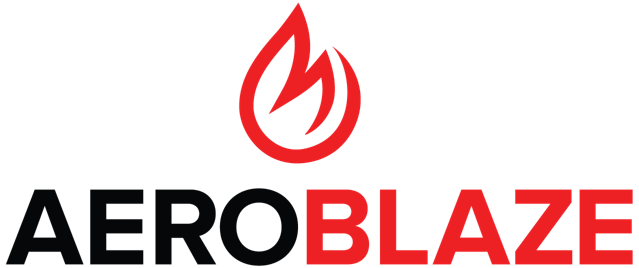Horizontal Burn Rate of Cloth (Method 5906)
Horizontal Burn Rate of Cloth (Method 5906)
The Horizontal Burn Rate of Cloth (CCC-T-191 and FED-STD-191, Method 5906) is intended for use in determining the comparative rates of burning of cloth. This method is used by U.S. federal agency procurement and is satisfactory for cloth that has not been flameproofed, including pile and napped cloth.
Test Methods

Test Summary
A test sample is aligned horizontally and exposed to a small Bunsen burner flame at one edge. The flame is applied and the rate of flame travel across the sample is measured between two points. The pass/fail criteria is based on the burn rate across the test sample.
Test Sample Requirements
Test samples must meet the following requirements:
History of the Horizontal Burn Rate of Cloth (Method 5906)
Federal specification CCC-T-191 was issued in 1941 and superseded by FED-STD-191 in 1968. Both specifications included test methods for textile materials and is still in use by U.S. federal agencies for procurement of textile materials. FED-STD-191 was prepared in order to eliminate unnecessary or undesirable variations in other general procedures. The standard contains 200+ methods, each of which describe the general physical, chemical, or biological methods for testing textile fabrics, yarn, thread, rope, cordage, cloth, or fabricated textile products.
FED-STD-191 Method 5906 is intended for use in determining the comparative rates of burning of cloth. The method is satisfactory for cloth that has not been flameproofed, including pile and napped cloth. This test method is the precursor to the automotive FMVSS 302 test method and the aerospace Horizontal Burn test method, among others.
Sources: FED-STD-191A
Additional Resources
| Resource | Description |
|---|---|
| FED-STD-191A |
Federal Standard for Textile Test Methods This standard describes the general physical, chemical and biological methods for testing textile fibers, yarn, thread, rope, other cordage, cloth and fabricated textile products for conformance with the requirements of Federal and Military Specifications. |
Ask the Experts

Stuck? Our experts will help you determine the best solution for your needs.
Contact Us